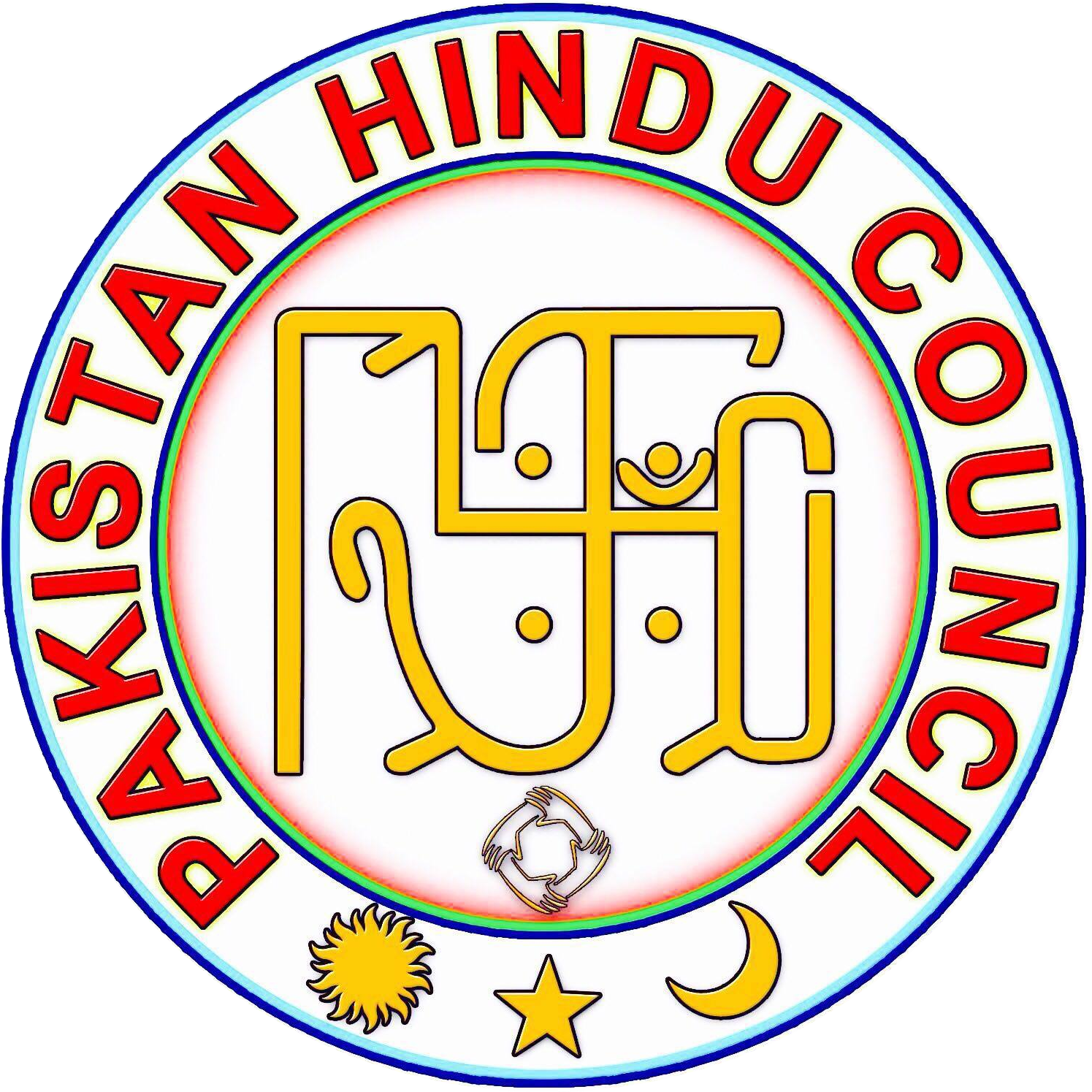
History of Hinduism
Hinduism is the oldest religion in the world. The worldwide religious tradition is based on the Vedas, beliefs, and customs of various groups in India. Hinduism’s origins include cultural elements of the Indus Valley Civilization(c. 3300–1700 BC), the Vedic religion of the Indo-Aryans, and other Indian civilizations. Being highly localized within India, Hinduism has seen many changes throughout the history of the Indian subcontinent. Over time, Hindu philosophy evolved into six schools: Samkhya, Yoga, Nyaya, Vaisheshika, Purva Mimamsa and Vedanta.
The history/timeline of Hinduism would be a very interesting topic. As one researches more and more, more and more things keep coming. Yes, there are many sources that indicate many of the historic milestones seen by Hinduism, but is there a recorded history available ? As we see Hinduism is knowledge and experience supported religion, the ancestors have well thought of the need to record some of the important moments in the history. This history is given to us in the form of puranas and itihasas. The word purana means old and itihasa means history. They refer to events that are very many thousands years old.
The history told in these puranas and itihasas has the information as to who were the key people lived in various points of time – especially the sages and the kings and remarkable achievements by them if any. These texts apart from providing the mere information also serve as the source that inspires people about the heroes of the past. They narrate the good and evil of the past so that people could take forward the contours of positive growth and keep away from the errors.
The puranas are eighteen in count. There are also an equal number of sub puranas. (upa-puranas). They talk of the happenings of very ancient time. These typically in terms of many yugas (multi thousands years), chaturyugas (four such yugas is one chaturyuga), manvantara and kalpa. It would be quite involved task and at times impossible to assign a fixed date for these happenings. puranas came through various sources and were compiled by sage vedavyasa. The importance that is given to the history and these puranas in Hinduism is obvious by the fact that some part of the puranas is read out as part of the daily worship in the temples along with the vedas. The knowledge of this ancient past was spread mainly through the word of mouth through the channels called pauranikas. So apart from the original theme, many later day insertions also could be found in them.
HINDUISM IN PAKISTAN
The word Hindus is derived from Sindhu (River induyin Pakistan) The term was originally soed by the Persians for the land on the eastern (Indian) side of the River Indus Sindhu is also mentioned in Mahabharata as a kingdom located on the Indus, around Mithankot in southern Punjab its inhabitants were called Sindhus The Arabs referred to the region as Al-Hind Since early followers of Hinduism were settled in the areas drained by the Indus and its tributanes the dwellers of these Territories were called Hindus The term “Hinduism was first used by the orientalists in the 19th century
Hinduism is among the oldest religious traditions of the world. Thousands of years ago, sages chanted holy songs which the Hindus believe were inspired by the breath of God The roots of this native creed can be traced to prehistoric times, especially the Indus Valley or Bronze Age Civilization (3300-1300 BCE), where certain images and icons such as swastika, can be inked to Hindu symbolism Pashupati (Lord of Animals) seal from Mohenjo-daro, showing a seated figure is Considered a possible representation of a yogi or proto Shiva figure Discovery of fire altars in the Indus Valley End researches on Harappa seals also point in the same direction
Hinduism shaped into a defined religious tradition from the Vedic times te 1500-300 BCE when four canonical collections, called Srut (what are heard or direct intuitional revelations, were composed Rig Veda, Yajur Veda, Sama-Veda and Atharva-Veda The Rig Veda was composed in the north-western region of the Subcontinent now included in Pakistan So were many other sacred texts, epics and legends
The earlier folklore also revolves around areas in the Punjab, such as Raja Risalu and the legend that two cities of the Punjab were founded by the sons of Rama-Lahore by Lava and Kasur by his twin brother Kusa Sapta Sindhu, the land of seven rivers (the indus and its tributaries in the Punjab), and Sindh stand out in the ancient Hindu literature. The Punjab is referred to in Mahabharata as Aratta and its people the Bahlikas, besides Sindh and its inhabitants “Legendary Gandhara people also figure prominently in Hindu literature and epics Pandava brothers spent a part of their 14-year exile in Katas Raj Temples (Punjab Pakistan) Thus, Hinduism is native to the regions of Pakistan and flourished here as Vedic civilization which later flowed into the plains of Gangetic valley and other regions.
